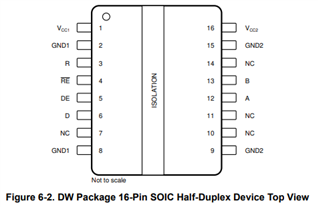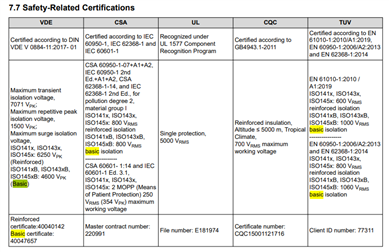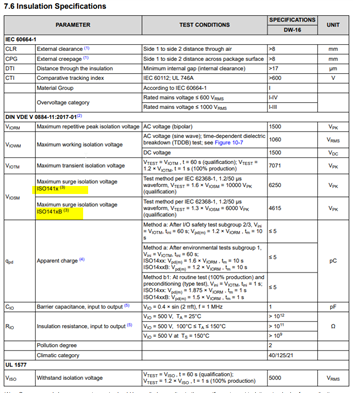Tool/software:
Hello,
I am using the "iso1410dbw" chip and I did not find on the "iso1410.pdf" datasheet the display of the two pin diagram relating to the two signals A and B (RS485), but only of the D/R, DE and R signals as reported on thedatasheet on page 28.
On other datasheets such as "so15.pdf" the display of the two pin diagram relating to the two signals A and B (RS485) is present (see page 12).
Questions:
- Where can I find for the "iso1410dbw" chip the diagram of the two pins relating to the two signals A and B (RS485) ?
In particular, I would need to know the electrical characteristics of the protection transils inside (16 V?).
- Where can I find the differences in the electrical characteristics between the standard "iso1410" version and the "iso1410B" version ?
Thanks for the help.
BR
Demetrio Magrin





